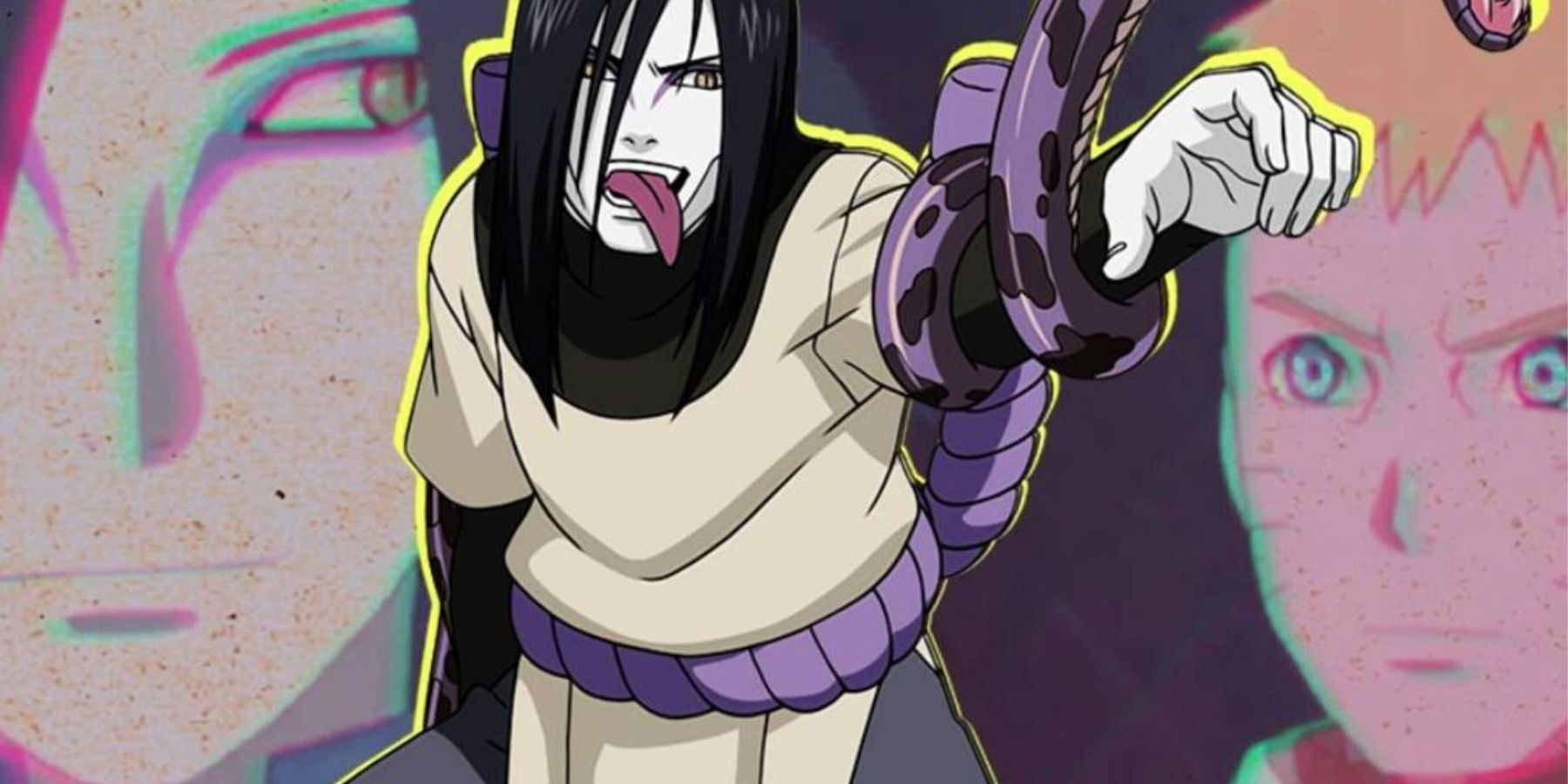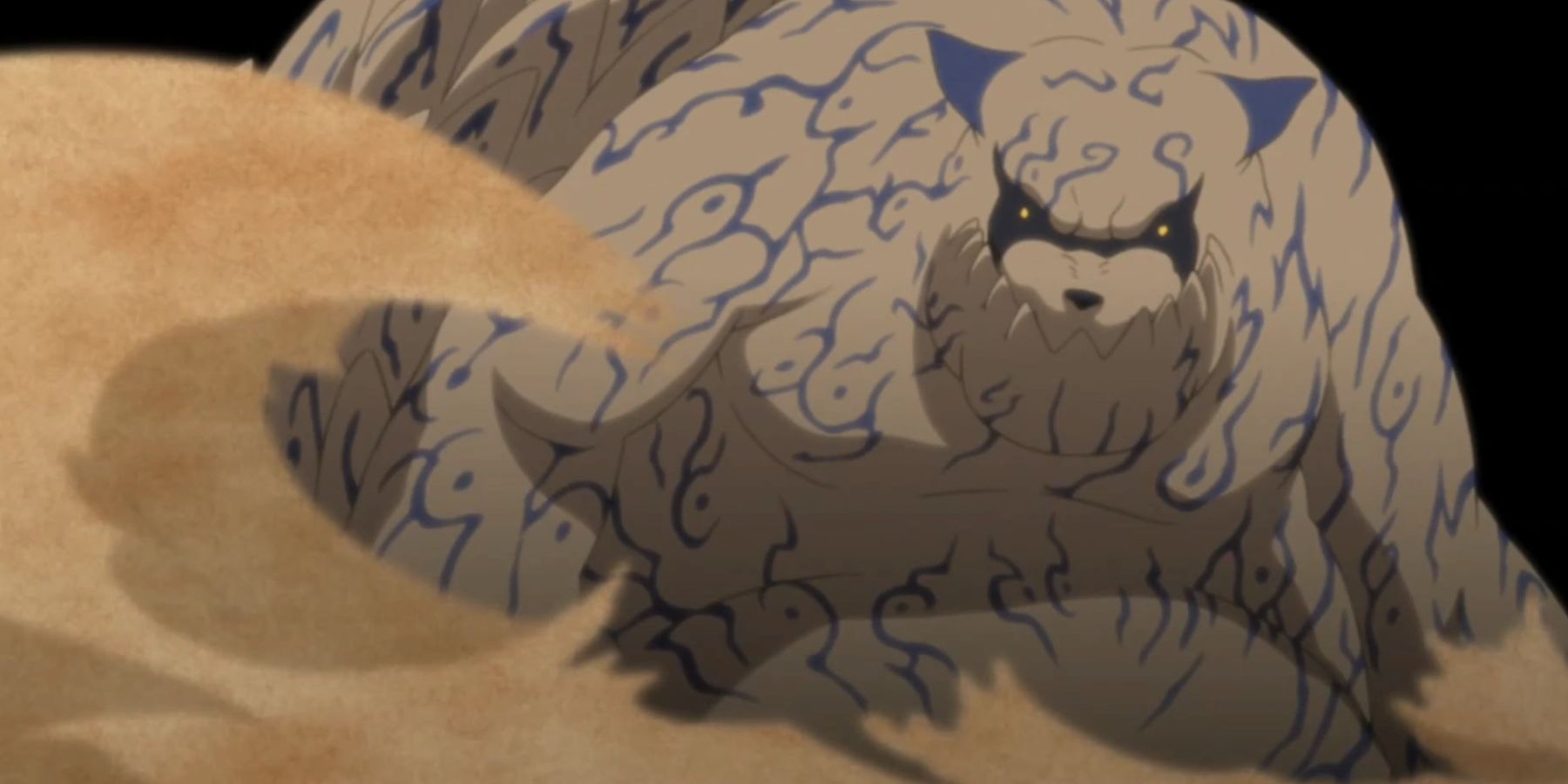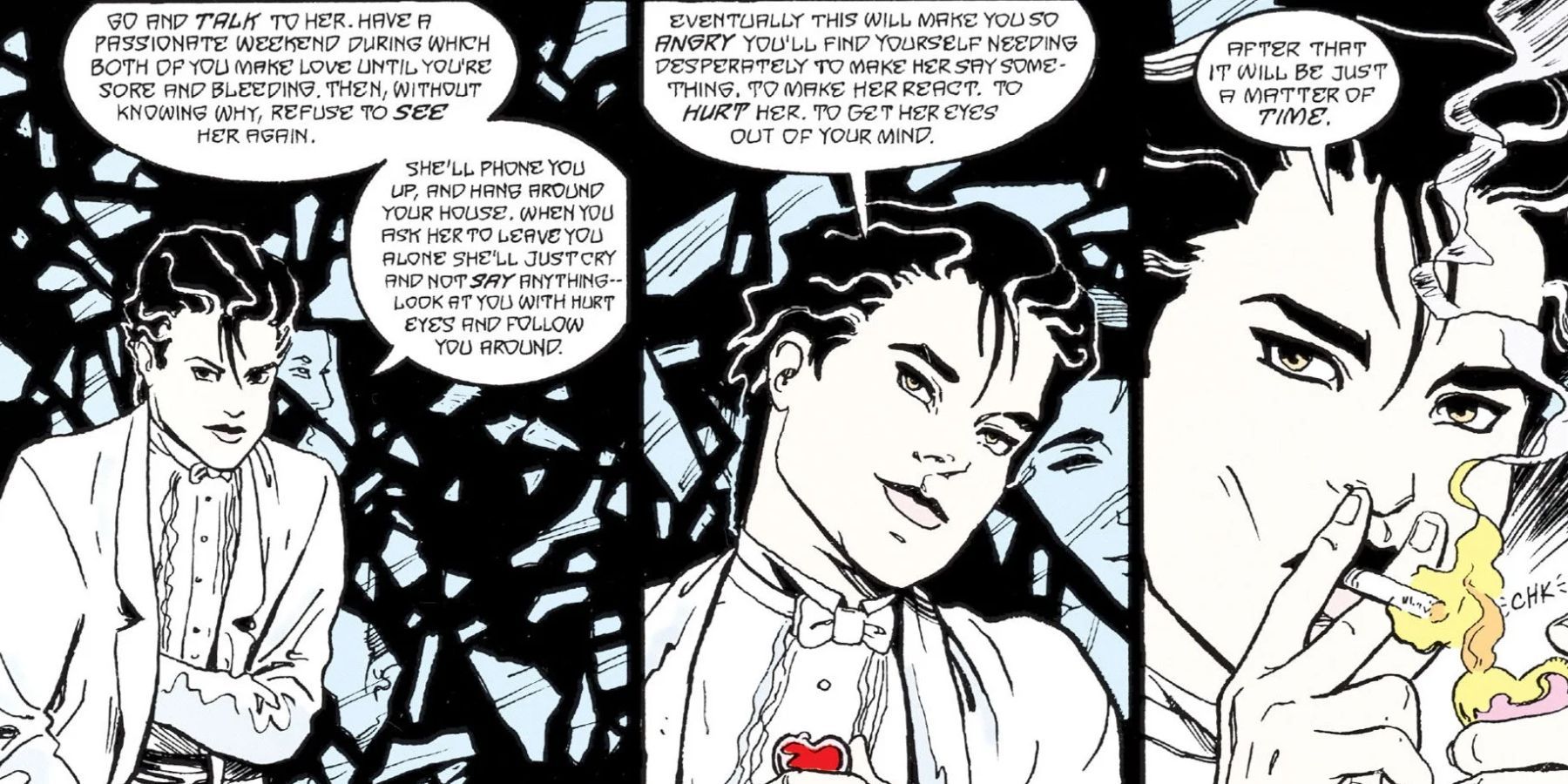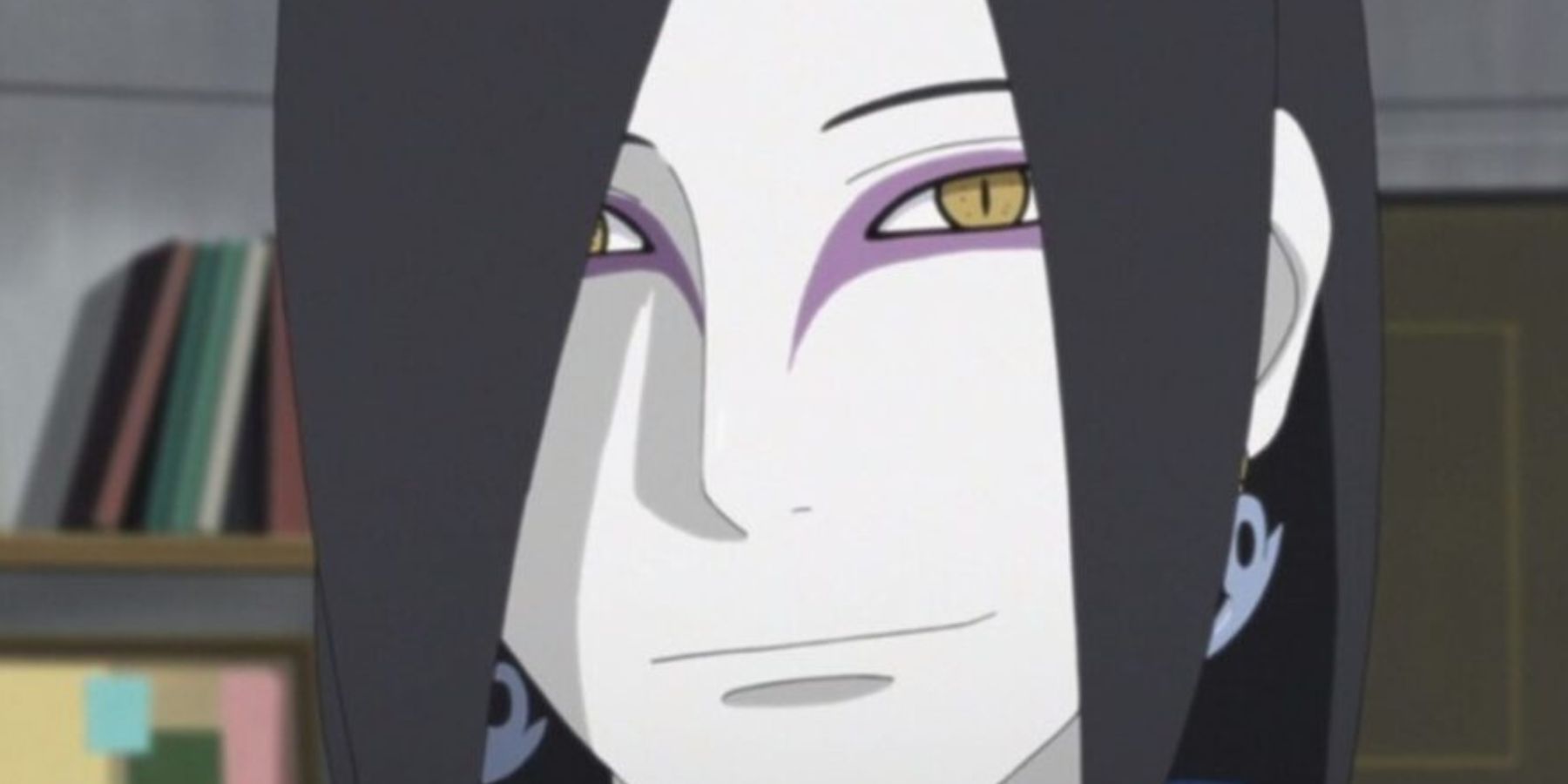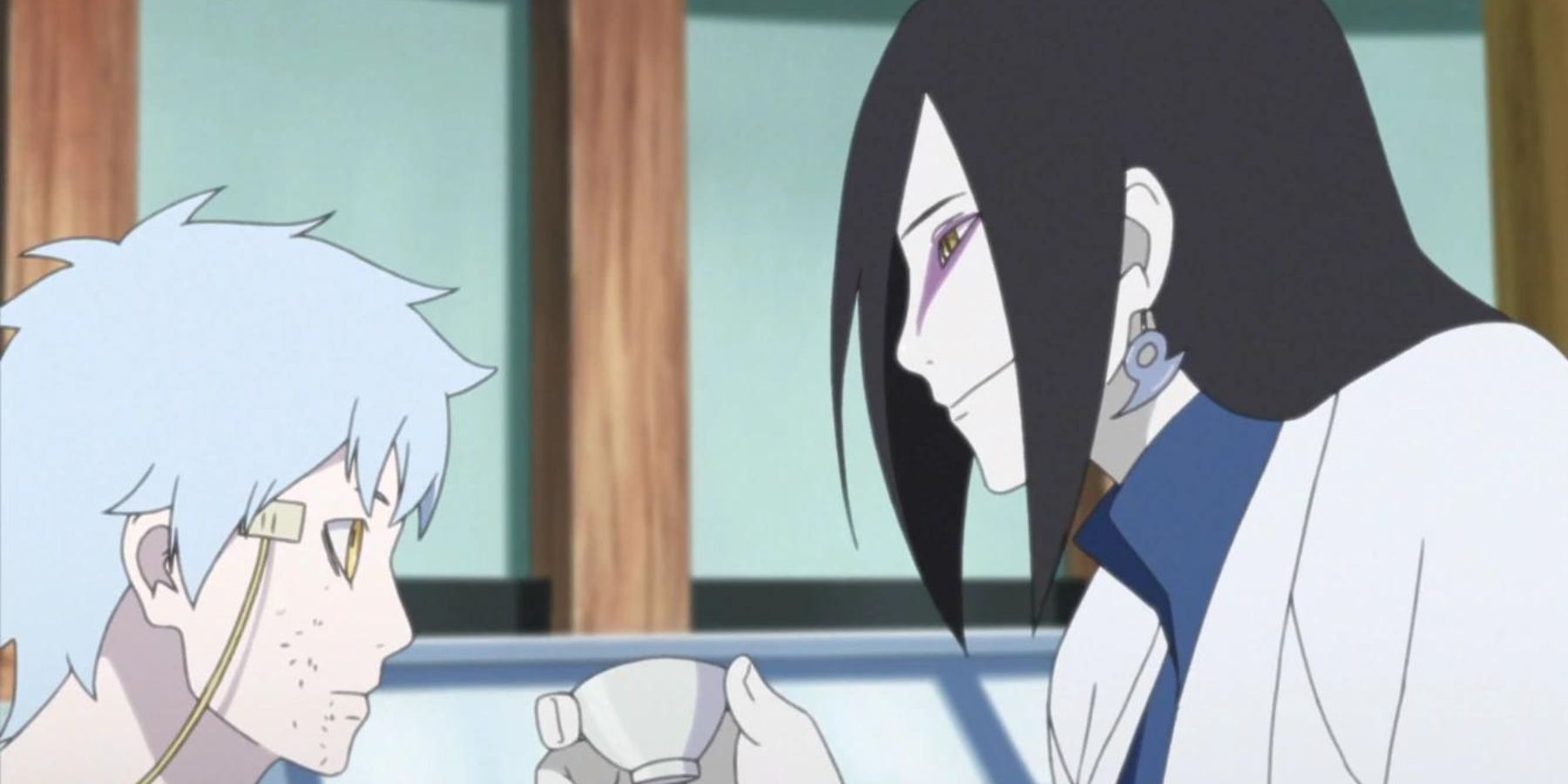While, in general, females in Naruto are not that much sexualized for fanservice, for a very long time, all known characters in the Narutoverse had been either confirmed as heterosexual, thus perpetrating heteronormativity, or else their sexual orientation was never addressed at all.
Even the tailed beasts, which should be genderless, since they are literally masses of chakra, which, per se, does not fall into the category of gender, had been addressed as male. Even if Shukaku was called “Mother” by Gaara of the Desert, it is represented as a male tanuki.
The Portrayal Of Females in Naruto
With Kishimoto stating himself that he does not know how to write female characters well, and with a lot of promising young women being stuck in the roles of love interests, sidekicks, housewives, and the like, he ended up creating a huge set of female characters centered in romance and family-oriented, falling into the stereotyping that is unfortunately repeated over and over in several media, and anime is no stranger to that either. So, criticism abounds regarding the way he portrays women in the Narutoverse.
With Naruto being considered, together with One Piece and Bleach one of the “Big Three” — the pillars — of Shonen Jump, this long-running series, since Naruto, Naruto Shippuden, and now, Boruto: Naruto Next Generations, plays an important role in molding the minds and views of those who look at entertainment not only for fun but also for lessons about life and role models, because underlying messages are, one way or another, absorbed and internalized by the viewers. Therefore, it is extremely important to follow the trend of showing less than stereotyped characters, bending gender norms, and showing inclusion and representativeness.
The Sandman’s Desire was the first non-binary character in Western comics, dating back to the 1990s. When someone non-binary was chosen to portray said character in the recent Netflix adaptation of the comics, many alleged fans seemed to ignore the source and bash the cast decision. Even though representativeness is more than necessary, old-fashioned views, unfortunately, tend to cause backlashes, making it even more important for authors to make use of their status and tackle such important matters.
From Promising Young Women To Waste Of Potential
It is a very easy way out just to say one is incapable of creating fleshed-out and well-developed female characters, so one can dismiss Kishimoto’s saying as a plausible excuse, even more, because storytellers should improve their skills as time went by, not staying in the past and using lame excuses for the lack of progress in their stories. He was perfectly capable of respecting the shy nature of Hinata by not choosing her to wear revealing outfits but also had a very promising badass and ingenious character in Sakura, a female lead character that came from a simple background in order to fight alongside two main characters from powerful backgrounds but ended up choosing to continuously show how pathetic she was for an unfortunate long while. Also, the focus on love and love obsession comes as a hindrance. Even if Naruto and Hinata were destined to be together, she seemed to live only for the object of her love, and Sakura’s obsession with Sasuke is more than well-known as well.
Sakura and Sasuke’s relationship is even more problematic at its core. Despite having been ignored and ditched by Sasuke, with him also trying to kill her more than once, Sakura married him, even giving birth to his child in the middle of a mission, and raising their daughter, Sarada Uchiha, with an absent father figure. Many members of the fanbase feel skeptical about the pairing, but the underlying messages have points that are far more concerning than mere logic.
Even when the series has a lot of problematic binary relationships, in which the female characters are there just to emphasize more and more the old-fashioned and overused trope of females as male supporting characters, females serving as bridges/foils for further developing the males, a major point that might have passed unnoticed by many is the fact that the former villain Orochimaru is canonically non-binary. Nevertheless, this is extremely important. In an age when seasonal anime series such as Romantic Killer, in which subtle, but no so subtle hints of the main female character being possibly in the ace/aro spectrum, it is even more important to have diverse representation in long-running beloved anime series, especially a such major one, as is the case with Naruto.
Enter Gender Fluidity In The Heteronormative World Of Naruto
Gender fluidity could have been addressed with the tailed beasts, as mentioned at the beginning of this article. Nonetheless, it does not mean that when Orochimaru gently explained gender fluidity to Mitsuki in Boruto: Naruto Next Generations, in 2018, was not a great case of good parenting and extremely welcome in the series. Even if the redemption Orochimaru, who used to be a major villain in the Narutoverse, a character who inhabits different host bodies with the purpose of extending his life span, went through might also be questionable, and these redemption arcs happen a lot in the series, in this case, it comes positive, mainly consdering considers that it would not be anything near thrilling to the LGBTQIA+ community if this canon non-binary character were a villain. If the chakra-made shapeshifting beasts had not been used to portray non-binarism, one can state that this job was well done with the figure of Orochimaru, who was shown as someone who could shapeshift into a massive white snake, who was also capable of separating his entire body into smaller snakes.
Furthermore, even if the reformed villain’s son, Mitsuki, was created in his father’s laboratory, and, as such, could have been seen by his “father” as an artificial being or just another of his experiments, Orochimaru does see him as his own son, not just a vessel or an experiment. Therefore, an unconventional true family is also represented in the Narutoverse, even more considering Orochimaru’s past “love” for experimentation added to his lack of compassion, with unethical experiments that required both human subjects — without consent —, and ruthlessness.
Orochimaru’s lesson on non-binarism is canonically on point.
When asked by Mitsuki if he should refer to them as a mother or father, Orochimaru’s reply was:
That is a silly question. There have been times when I was a man, and times, a woman. Outside appearances don’t matter.
And, for all this, the non-binary representation under the character of Orochimaru in Naruto, is also canonically on point by itself.

